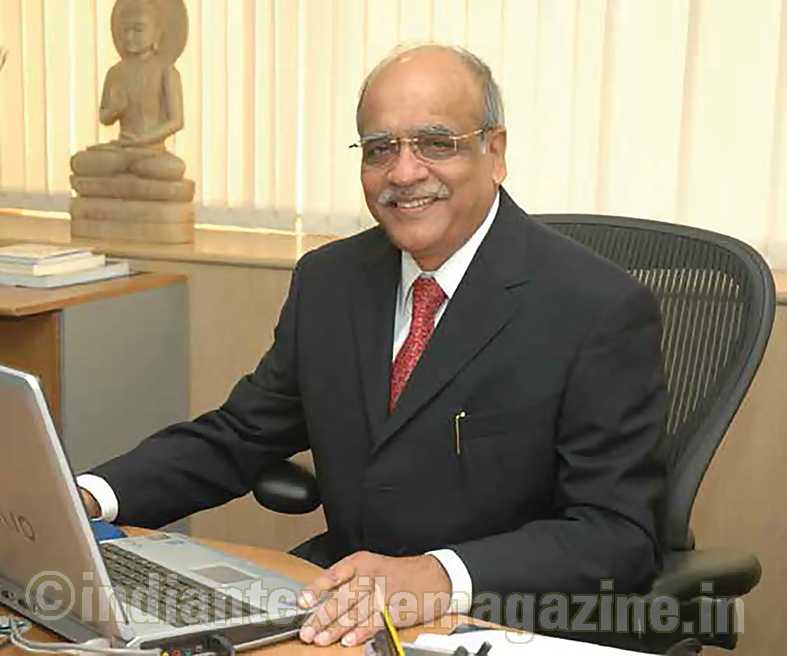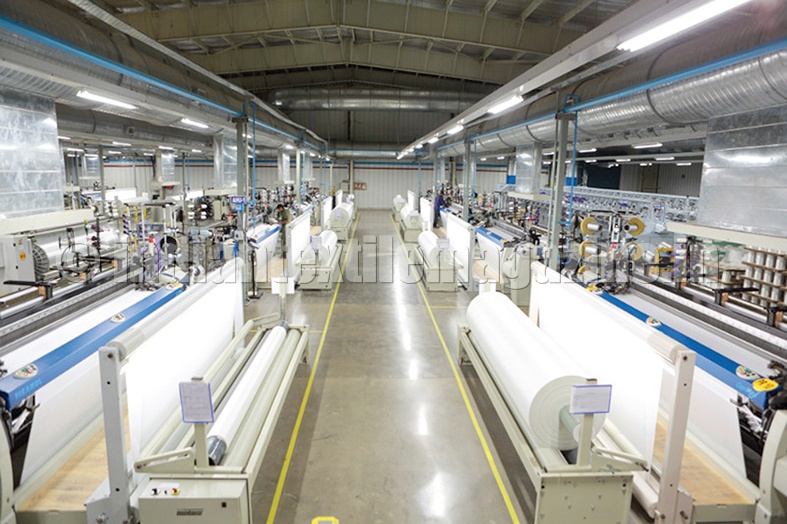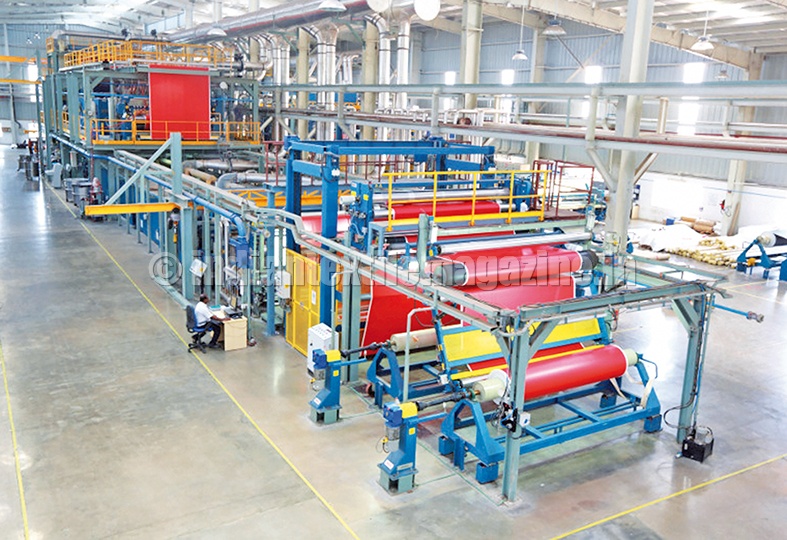As a multi-business entity, SRF remains committed to its strategic focus of continuous improvement and achieving excellence in meeting the diverse requirements of customers across multiple segments, globally. The company remains the market leader in most of its products and continues to enjoy significant global presence in some of its businesses, with operations in three countries, namely, India, Thailand, South Africa, and commercial interests in more than 75 countries. It classifies its main businesses into Technical Textiles Business (TTB), Chemicals & Polymers Business (CPB) and Packaging Films Business (PFB).

2014-15, an eventful year
The year 2014-15 was an eventful one for SRF with many significant firsts in its 40-year history. The company launched new products of coated fabrics for a variety of applications. Further, as part of its turnaround strategy for the polyester yarn and fabrics segment, it successfully renewed its focus on the yarn business for diversified industrial applications.
SRF’s primary product, nylon tyre cord fabric, which continues to face stagnant demand, performed reasonably well and maintained its leadership position in the domestic market. To safeguard against the prevailing slowdown in the international market for belting fabrics, SRF diverted its attention to the domestic market and expanded the range of its value-added products.
It is, therefore, no coincidence that the company once again delivered a robust performance during the year despite the challenging global economic environment. Growth of 86 per cent in the consolidated profit after tax (PAT) for the group during 2014-15 reaffirms SRF’s belief in its management, in its strategic business directions and, most importantly, in the calibre and commitment of its people. “But as an organisation, we remained resolute and relentless in our quest for strengthening our cost-competiveness and operational excellence across all businesses”, said Mr. Arun Bharat Ram, the company Chairman.
Net sales of the company increased marginally by 4.94 per cent from Rs. 3402.10 crores in 2013-14 to Rs. 3570.21 crores in 2014-15. Due mainly to decrease in the cost of materials consumed, profit before interest, depreciation and tax (PBIDT), including ‘other income’, increased from Rs. 526.39 crores in 2013-14 to Rs. 701.62 crores in 2014-15.
In spite of the prevailing economic slowdown coupled with low growth or even de-growth in some of the segments of Technical Textiles Business, the business as a whole and the nylon tyre cord fabric (NTCF) segment in particular performed reasonably well. Whilst the competitive pressures remained in most of the segments of TTB, similar to earlier years, the softness in demand across all sectors was a key factor in limiting financial performance.
The Nylon Tyre Cord segment managed to retain its leading market position with a stable market share despite demand remaining flat, radialisation in the commercial vehicle segment reaching around 32 per cent and the economic growth remaining weak. As a major step towards improving the competitiveness of business, SRF closed operations of its plant at the Jebel Ali Free Zone in the UAE which had become unviable due to its high cost of production and global economic slowdown.
The Polyester Yarn & Fabrics segment also registered a turnaround with its new focus on yarn business for diversified industrial applications.
In the current global economic situation, SRF has changed its strategy in this business segment by focusing on domestic markets and expanding its range of value-added products. This, coupled with a reduction in turnaround time of orders, has enabled it to improve its performance in India.
The Laminated Fabrics segment saw entry of several new players during the year. This led to significant margin erosion in a highly competitive industry which saw flat growth this year. The company believes that greater balance would eventually return, albeit slowly to market dynamics.
In the Coated Fabrics segment, many new products introduced by the company have settled down with better prospects in the coming year. While this business segment struggled during the year, particularly due to the slowdown in the transport, construction and automobile sectors, the prospect looks better as the market is expected to improve.
SRF continues to hold its position in different applications of industrial yarns with stable performance.
Technology absorption
SRF’s R&D Centre for its technical textiles business, located at Manali in Tamil Nadu, is equipped with state-of-the-art pilot plants and sophisticated testing laboratories for testing of polymers and fibres. These facilities are being used for development of new products in the field of polymers, fibres and technical textiles.
Five new products were developed in the coated fabrics segment during the year, out of which one has been commercialized. In addition, a new polyester fabric for application in tyres has been developed by the centre. Besides, several research projects are in progress with leading Indian and overseas academic and research institutes.
General outlook
NTCF consumption in India is likely to remain flat in 2015-16 in spite of increasing radialisation on account of growth expected in the infrastructure and the mining sector. Besides competition from low-priced Chinese raw materials, the entry of a new player is likely to lead to a reduction in margins. The company, however, expects to hold its share as the economy improves.
The fortunes of the laminated fabrics segment are likely to gain some traction as the demand picks up in the second half of 2015-16. In the coated fabrics segment, the recovery of the transport sector and new product launches would spur an improved performance.
The prospect of a resolution of the long pending issues with regard to mining and infrastructure projects, in particular, augurs well for belting fabrics which are essentially used as reinforcement in conveyor belts. The company hopes to be in a position to leverage the demand through sales growth.

